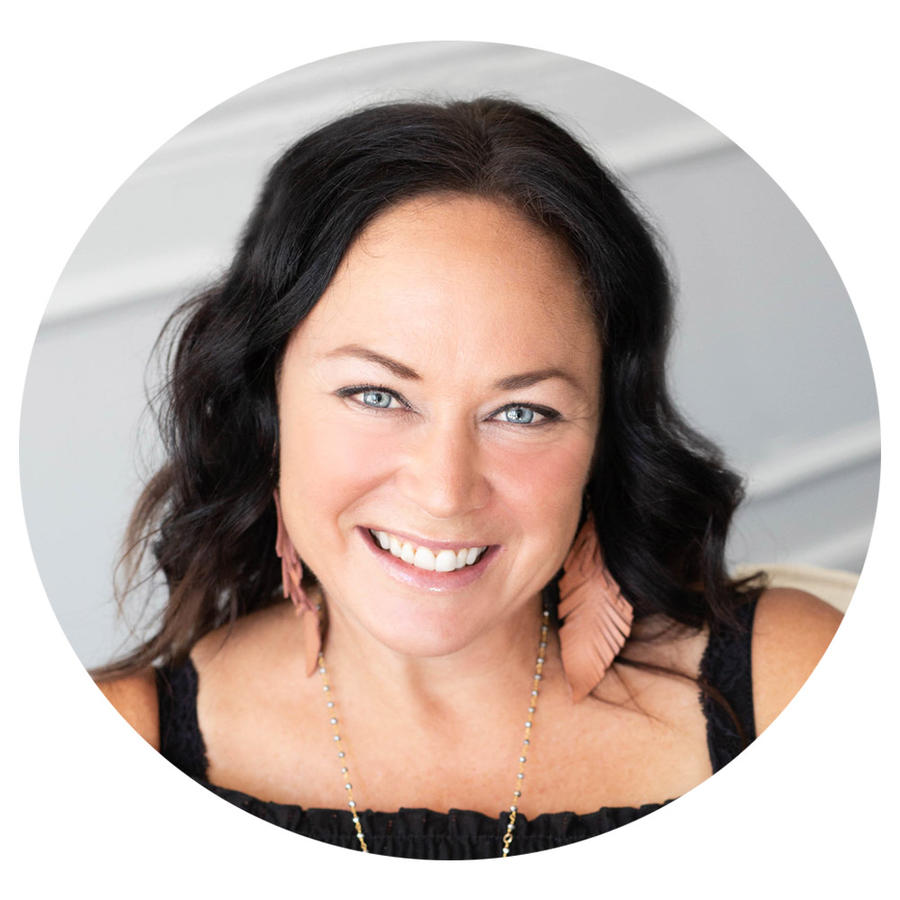Part of a designer’s job is to create a space that serves the needs of a client’s daily life, but does your approach change when dealing with older clients? We asked four designers—Tim Green, Linda Eyles, Lou Harris and Andrea Schumacher—if and how they bring up aging in place.

Approach with caution
“Depending on the client, sometimes the best conversation starter is asking if they see this project as their final, ultimate dream home or if they see it as a stepping stone. It’s a great way to open up the conversation that you, as their designer, are being thoughtful about ensuring the design lasts throughout the years. Maybe it’s a plan to specify all interior doors at three feet wide to allow for wheelchair access, or back out the walls to be able to add grab bars, if ever necessary. Some people are more open to these ideas than others, so it’s best to broach it with ease and caution, and emphasize that options are always best when designing a home.” —Andrea Schumacher, Andrea Schumacher Interiors, Santa Barbara, CA

Rude ’tude
“As I am rapidly aging into that category myself, I don't bring this up to clients. I would personally be offended if my designer brought that up to me, especially if they were younger than me. If an older client has the need for a grab bar in the shower, I am sure they would bring it up to me. Nobody wants to be reminded of their age.” —Tim Green, Tim Green Designs, Atlanta and Los Angeles

Easy living
“I have found that anyone I bring [this subject] up to has an adverse reaction. And so, I prefer to describe it to them as something that really is not age-related. It could happen at any time. You have knee replacement surgery or break your leg or someone is not well from a flu or whatever. There are all kinds of things that you have to consider for safety and comfort in your life. And I found that goes over a lot better than suggesting that I outfit their home for a future need that's going to be dire. If a person cooks, I try to tell them how much easier it is if you're placing glasses in a base cabinet with rollout drawers rather than something overhead or an under-cabinet microwave, for example, where you're not having to lift something down that could spill. There’s a comfort and an ease to these kinds of solutions.” —Lou Harris, Lou Harris Inc., Martinsville, VA

Setting an intention
"We’ve had a few of our regular clients just in this last year who are either renovating an existing home or moving to a new home that they plan to live in for the foreseeable future. The time was right to have the conversation about making their homes livable as they age. If you plan ahead, well before the need for accessibility arises, you have an opportunity to incorporate functionality in beautiful ways. You can be intentional with the design plan if you stay ahead of the curve. We think of this not only as a service to our clients, but as a business building opportunity. So, really, this isn’t just about aging in place. It is about homes that are accessible for all types of people. Yes, that includes our older population, but it might also be effective change for an athlete who has had knee surgery, a toddler, or (from personal experience) an aging pet."—Linda Eyles, Houston




























